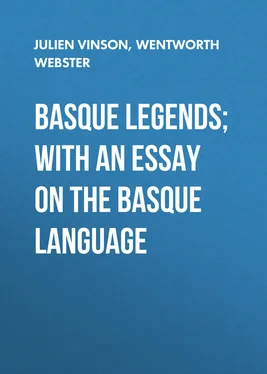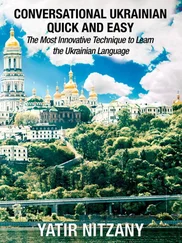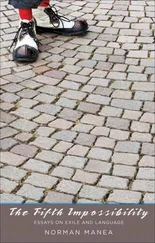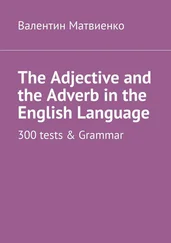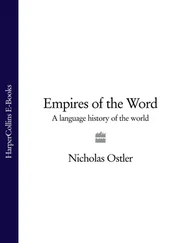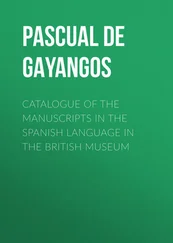Cf. Campbell’s tale, “The Keg of Butter,” Vol. III., 98, where the fox cheats the wolf by giving him the bottoms of the oats and the tops of the potatoes. See also the references there given.
Cf. Cerquand, Part I., p. 27, “Ancho et les Vaches,” and notes. Also Part II., 34, et seq.
Cf. Cerquand, Part I., pp. 33, 34, “La Dame au Peigne d’Or.”
Cerquand, Part I., p. 30, “Basa-Jauna et le Salve Regina.”
Cerquand, “L’Eglise d’Espés.” “Le Pont de Licq,” Part I., pp. 31, 32, and Part II., pp. 50–52.
But compare the well or marsh of the Basa-Andre in the Tartaro tale, p. 15.
Cerquand, Part I., pp. 32, 33.
The owner of the farm and the “métayère,” or tenant’s wife. Under the “métayer” system the landlord and tenant divide the produce of the farm. This is the case almost universally in South-Western France, as elsewhere in the South. The “métayer’s” residence often adjoins the landlord’s house.
Cf. “The Sister and her Seven Brothers.”
This is the only representation that we know of Basa-Jaun as a vampire.
As the Basques commonly go barefooted, or use only hempen sandals, the feet require to be washed every evening. This is generally done before the kitchen fire, and in strict order of age and rank. Cf. also “The Sister and her Seven Brothers.”
The running water, we suspect, gives the girl power over the witch.
“Hazel sticks.” In the sixteenth century the dog-wood, “cornus sanguinea,” seems to have been the witches’ wood. In the “Pastorales,” all the enchantments, etc., are done by the ribboned wands of the Satans. This tale ends rather abruptly. The reciter grew very tired at the last.
Basque Lamiñak always say exactly the contrary to what they mean.
Cf. Bladé’s “Contes Agenais,” “Les Deux Filles,” and Köhler’s “Notes Comparatives” on the tale, p. 149.
That is, the wife span evenly with a clear steady sound of the wheel, but the man did it unevenly.
Cf. Campbell’s “The Brollachan,” Vol. II., p. 189, with the notes and variations. “Me myself,” as here, seems the equivalent of the Homeric “οὔτις.”
M. Cerquand has the same tale, Part I., p. 41.
This is a very widely spread legend. Cf. Patrañas, “What Ana saw in the Sunbeam;” “Duffy and the Devil,” in Hunt’s “Popular Romances of the West of England,” p. 239; also Kennedy’s “Idle Girl and her Aunts,” which is very close to the Spanish story; and compare the references subjoined to the translation of the Irish legend in Brueyre’s “Contes Populaires de la Grande Bretagne,” p. 159.
Cf. “The Brewery of Egg-shells,” in Croker’s “Fairy Legends of the South of Ireland,” pp. 32–36.
This tale, or at least this version of it, with the names Rose and Bellarose, must come from the French.
“A little dog” is mentioned in Campbell’s “The Daughter of the Skies,” Vol. I., 202, and notes.
”Kopetaen erdian diamanteko bista batez”—“a view of diamonds in the middle of the forehead.”
Nothing has been said about this dress before. Something must have dropped out of the story.
At a Pyrenean wedding the bride and bridegroom, with the wedding party, spend nearly the whole day in promenading through the town or village. The feast often lasts several days, and the poor bride is an object of pity, she sometimes looks so deadly tired.
Cerquand, Part I., p. 29, notes to Conte 8; Fr. Michel, “Le Pays Basque,” p. 152 (Didot, Paris, 1857).
